
BY SUSHIL KUMAR SUMAN,
PRESIDENT,
IISCO OFFICERS ASSOCIATION (IAO),
BURNPUR.
BURNPUR (WEST BENGAL) | 13 APRIL 2025
There was something unusual about that morning. The air was moist yet ticklish, as if the weather itself had a secret it couldn’t contain. It wasn’t just another April morning. It was different. And perhaps that difference was not just in the breeze, but within me. The poet in me stirred. The traveller in me awoke. The writer in me longed to pick up the pen.

Our respected mentor, Mr. C. N. Pathak Sir, had recently spoken to me on the 2nd of April. With warmth in his voice, he said, “Sushil ji, you must write your Yatra Vritant. Your South India tour seems extraordinary. Do write it beautifully.”
And just like that, a new mission was born — not only to live the journey but to tell its tale.

Each year, I strive to steal a few days from life’s relentless race to chase dreams — to breathe, to travel, to rediscover myself. This year’s soulful escape began on the 16th of March 2025, when we boarded the Dhanbad–Alleppey Express.
It was a Sunday. We were ready by early morning, our bags packed with excitement more than clothes. A private car had been arranged to take us to the station. My wife Binita, daughter Shreya, son Yuvraj, and I — Sushil — were all set.
At exactly 10:35 a.m., we reached Dhanbad station. As if perfectly choreographed, the train rolled out of the platform by 11:30 a.m., punctual and poetic. Our long journey had begun.

Traveling by train was a collective decision. It was economical, yes. But more than that, it gave us the luxury of time — time to share thoughts, stories, laughter, and silence. Long journeys have a way of peeling off the layers of everyday life and bringing families closer. And this one was doing just that.
On 18th March, around 9:00 a.m., after nearly two days of rhythmic rails and rolling landscapes, we finally reached Coimbatore.
The city welcomed us with open arms. A hotel had already been booked, and upon arrival, we checked in and got ready quickly. Our first South Indian breakfast at the hotel was a delight. Idlis so soft they melted on the tongue, crisp dosas, tangy sambar, and the aroma of filter coffee — the perfect beginning to our Coimbatore chapter.

And even as we travelled, I kept writing — whenever I could steal a few quiet moments. During this leg of the journey, I penned my first story in English titled “Till Toil Triumph” — a heartfelt reflection on my days at Tamil Nadu Agricultural University (TNAU), Coimbatore. It was an emotional return after 26 years. Stepping into the campus again was like stepping back into time. A reunion of memories.

The university canteen now served all-organic food — healthy and heartfelt, just like the place. But what truly struck me was the feeling of being there with my family. My past, my present, and my future were all standing together at one place.
The nostalgia didn’t end there. Next, we set off to the Siruvani Waterfalls, a journey that required effort but rewarded us with breathtaking views. Nature, as always, gave us back more than we asked for.

Then came Sri Perur Patteeswarar Temple, often revered by locals as the Kedarnath of the South. A temple full of divine vibrations, rich architecture, and serene surroundings. A place that silences the mind and awakens the soul.

Standing tall at the foothills of the Velliangiri Mountains, Adiyogi was more than just a monument — it was a magnetic pull of energy, a call from the soul. As we approached the 112-foot Shiva sculpture, I felt a mix of reverence, curiosity, and sheer pride.
For me, this was not just a spiritual site — it was a symbol of vision, scale, and steel. As a proud employee of Steel Authority of India Limited (SAIL), it filled my heart to know that 20,000 individual iron plates, all supplied by SAIL, helped bring this majestic form to life. Designed by Sadhguru’s Isha Foundation and inaugurated on 24 February 2017 by our Hon’ble Prime Minister, Mr. Narendra Modi, Adiyogi stands as the largest bust sculpture in the world — recognized by Guinness World Records.
But numbers aside, it was the presence of Adiyogi that was overwhelming. That calm, cosmic face. That look of infinite stillness. It reminded us — true strength isn’t loud; it’s silent, centered, and unshakable.

The philosophy around Adiyogi echoes deeply with seekers — he is the first yogi, the original guru, the fountainhead of all yogic sciences. He represents balance, mastery, and the boundless potential within us. Standing before him, I felt not small, but awakened. Empowered.
From Adiyogi, we decided to take a bullock cart ride — a simple, rustic, yet unforgettable journey — to reach Dhyanalinga.

Now this was a different world altogether.
Nestled in the heart of the Isha Yoga Centre, Dhyanalinga is a powerful meditative space. It requires no rituals, no chanting, no religion. All it asks for is your presence.
Inside the dome, silence rules. You don’t speak — you simply be.
Each breath, each heartbeat seems amplified. The mind naturally settles. The atmosphere is thick with an invisible energy that moves around like a breeze — cool, calming, and cleansing. A few minutes there felt like hours of deep meditation.
Even my children — young and playful — instinctively became quiet. That, to me, was the power of Dhyanalinga.
We returned to our hotel in Coimbatore that evening, still carrying the vibrations of the divine in our hearts. The Coimbatore leg of our journey had now ended — but not our adventure.

The next morning, with renewed energy and bright smiles, we set out for Coonoor and Ooty — the twin hill stations nestled in the arms of the Nilgiris.
Coonoor welcomed us with the fresh aroma of tea gardens and a cool mountain breeze. The scenery here felt painted by some divine artist — gentle rolling hills, valleys covered in mist, winding roads that invited us to get lost.
We started with Sim’s Park, a beautiful botanical garden filled with exotic plants, rare blooms, and a tranquility that clung to the skin. Nature seemed to be in no hurry here — and slowly, we too matched its rhythm.
From there, we visited the Dolphin’s Nose viewpoint, which offered panoramic views of the majestic Catherine Falls. Standing on that cliff edge, I felt like I could see forever — valleys deep, waterfalls gushing, clouds drifting across the sky like messengers of the divine.
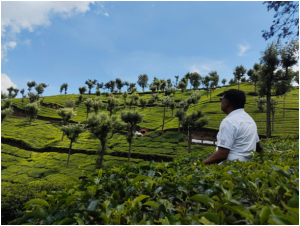
And of course, we couldn’t leave without taking the iconic toy train ride — from Coonoor to Ooty.
That short journey was pure nostalgia. As the narrow-gauge train chugged along the hills, past tunnels, forests, and quaint little bridges, it felt like we were characters inside an old storybook. My daughter Shreya’s eyes sparkled with wonder, and little Yuvraj kept pointing out monkeys and birds. Binita, always the calm one, simply smiled — her way of collecting memories quietly.
We also visited the Wellington Polo Ground, another scenic gem surrounded by old colonial charm and emerald-green pastures.
By the time we reached our hotel in Ooty, the sun had set, and the day had drained our energy. But even in that tiredness, there was fulfillment. The kind that only travel can offer.
That night, around 3:00 a.m., sleep eluded me — but creativity didn’t.
I sat down, opened my notes, and began writing a new English story: “Raaz 3: The Secret of the Past” — a story born from the hills, the mist, the whispers of the Nilgiris. Later, I shared it on social media. Some people appreciated it. Some mocked it. But I’ve learned — when you create something from the soul, let it go. Let the world react however it wants.
Those who mock may never understand the magic of dreams. May God bless them too — with understanding, peace, and purpose.
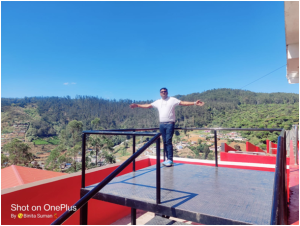
If there exists a place where time slows down, where the air feels like poetry, and where every bend in the road brings a new postcard scene — it has to be Ooty.
As we entered Ooty, often called the Queen of Hill Stations, I felt something shift. Perhaps it was the cooler air brushing against my face. Perhaps it was the sudden change in landscape — lush green valleys, blooming flowers, winding toy train tracks, and hills rising like gentle giants from the earth.
After checking in to our hotel, we sat on the balcony for a while. The sky above Ooty was unusually clear, and the stars looked as if they were closer than ever. Shreya and Yuvraj fell asleep early, tired from the day’s adventures. Binita too retired for the night.
But me? My heart was still traveling.
Somewhere around 4:00 a.m., I woke up with a thought — a memory that had lived with me for years. Doddabetta Peak — the highest point in the Nilgiris. I had read about it long ago during my civil services preparation. The name had stuck in my mind like a bookmark in an unfinished chapter. I knew — this was the moment to complete that chapter.
I quietly dressed, picked up my notebook, and stepped out into the early morning cold.
The road to Doddabetta was quiet, covered in dew. A light fog floated over the trees. As I climbed, I imagined a voice, an old soul walking with me. A character born from my imagination, yet deeply rooted in my thoughts — Khayali Baba.
Khayali Baba wasn’t just a character. He was a reflection of all those silent moments when I questioned life, destiny, and dreams. He spoke in riddles, laughed without sound, and carried the weight of wisdom in his eyes.
On that peak, with the sun slowly rising and the clouds dancing below, I introduced Khayali Baba to the world in a new story:
“AAP KI KASAM”
A philosophical, emotional tale of promises made, broken, and renewed. A story of internal battles and silent victories. It wasn’t just fiction — it was life, in words.
“Aap Ki Kasam” quickly became more than just a tale for me. It was a bridge — connecting my past aspirations, my present emotions, and future hopes. I shared it online, and as always, the world responded in its own way. Some laughed, some connected, some ignored. But for me — it was another brick in the temple I was quietly building with my pen.
Later that morning, we explored Ooty Lake, its still waters reflecting our happy faces as we paddled across in a small boat. Laughter echoed over the lake, our voices mingling with the chirping birds and rustling leaves.
The Botanical Gardens amazed us next. With every step, we saw flowers of colors we had only seen in magazines. Shreya kept pointing at the rare orchids, while Yuvraj chased butterflies, forgetting all about his gadgets and games.

Doddabetta, now visited officially as a family, gave us a panoramic view of the Nilgiris — where the Eastern and Western Ghats meet. It was as if Earth had carved a sacred meeting point for herself.
The air here was sharp, almost sacred.
We explored the vast tea estates, where leaves danced in the breeze like notes of an old song. The smell of fresh tea leaves is something I will never forget. We tasted local Ooty chocolates, handmade with love, and picked up small souvenirs — keychains, wool caps, and little wooden dolls for Shreya.
In the afternoon, we headed towards the Mudumalai Wildlife Sanctuary — a thriving natural wonder that reminded us of the beautiful biodiversity we often forget.
Elephants, spotted deer, peacocks, and even a glimpse of a wild cat thrilled the kids and us alike. The jungle was alive — not just with animals, but with the spirit of untouched earth.

The safari felt like a journey into the soul of the forest. There was something primal about it — the thrill of not knowing what lies around the corner, the quiet whispers of trees, and the rare roar in the distance.
That evening, we returned to our hotel, completely exhausted. And yet, our hearts were brimming with memories. Nature had embraced us, healed us, and reminded us of our small but meaningful place in the world.
Before drifting into sleep, I looked out the window once again. The mist had returned. The stars twinkled like blessings from above. Binita smiled in her sleep. Shreya mumbled something about chocolates. Yuvraj hugged his new wooden toy.
And I? I simply whispered, Thank you — to the hills, to Khayali Baba, and to the journey itself.

After three days of heavenly experiences in the Nilgiris — from the peaceful tea estates of Coonoor to the divine whispers of Adiyogi, from the quiet strength of Dhyanalinga to the wild heartbeats of Mudumalai — it was finally time to say goodbye.
But a journey like this doesn’t truly end when you pack your bags. It lingers — in your breath, your thoughts, your stories.
March 20, 2025 – Our Final Morning in Ooty
The sun peeked through the tall pine trees outside our window. The cold breeze brought in the fragrance of eucalyptus and distant tea leaves. I sipped my final cup of Ooty tea on the hotel balcony with a bittersweet feeling.

The kids were slower than usual that morning — they didn’t want to leave. Yuvraj kept asking if he could stay one more day to go on another safari. Shreya had grown attached to the quaint charm of the Nilgiris and was busy sketching the view from the hotel room in her diary.
Binita and I looked at each other — no words needed. We both knew, deep inside, this trip had given us something much more than photographs or souvenirs.
Travel does many things. It refreshes your mind. It brings people closer. But above all, it makes you pause. Amidst the chaos of trains, taxis, tickets, and hotel bookings, somewhere along the line, you meet yourself — the version of you that’s calm, curious, and full of wonder.
As we packed, I glanced at my travel notebook. It was thicker now. Pages filled with moments captured in words.

“Till Toil Triumph” had captured the spirit of hard work and memories at TNAU.
“Raaz 3: The Secret of the Past” was born under the Coonoor stars.
“Aap Ki Kasam” gave voice to my wandering thoughts atop Doddabetta through Khayali Baba.
And there was one more story still being written — this very travelogue.
Back Through the Hills – A Slow Descent:

Our return began with the scenic drive from Ooty back to Coimbatore. The hills slowly gave way to plains, the mist faded into sunlight, and the winding roads straightened into highways. It felt symbolic — like returning from a dream to reality.
We passed the same Sim’s Park, tea estates, and the now-familiar Adiyogi statue on our way back. But they felt different. Not because they had changed, but because we had. Once you see a place with your heart, it becomes a part of you forever.
We stayed one more night in Coimbatore — our final night of the tour.
I wrote one last piece that night:
“A Cup of Peace” — a reflection on what peace really means in today’s world.
It was inspired by a simple moment — sitting with my family on a rooftop café, sipping filter coffee, watching the city lights, and feeling absolutely complete.
March 21, 2025 – Return Journey:

We boarded our train from Coimbatore — same coach, same four seats — but we were not the same people who had started this journey.
We laughed at the kids’ jokes, shared snacks, played antakshari, and occasionally gazed out the window — reliving every place we had visited.
When we reached Dhanbad two days later, the platform felt oddly familiar, yet distant. Like a friend welcoming you back but asking softly, “Did you find what you were looking for?”
And yes, I did.
I found stories. I found peace. I found time.
In a world that constantly demands us to run, this journey reminded me to pause, reflect, and breathe. To create. To feel. To love.
When respected elder Mr. C. N. Pathak Sir asked me to write a detailed Yatra Vritant, I knew it had to be heartfelt.
Sir, this one’s for you — and for everyone who reads not just with their eyes, but with their soul.
I hope this travelogue inspires others to take a journey — not necessarily across states, but across their own thoughts and dreams. To disconnect from daily noise and connect with nature, family, and their deeper self.
And to all those who may laugh or not understand these efforts — I wish you peace. For those who walk with me, share these words, and encourage this path — I am grateful beyond words.
My Yatra Vritant — In a Sentence
“Zindagi ke bhag daud se kuchh din chura kar, maine khud se mulaqat ki – aur har mulaqat ek kahani ban gayi.”
(Stealing a few days from the race of life, I met myself – and every meeting turned into a story.)

Advertisement:


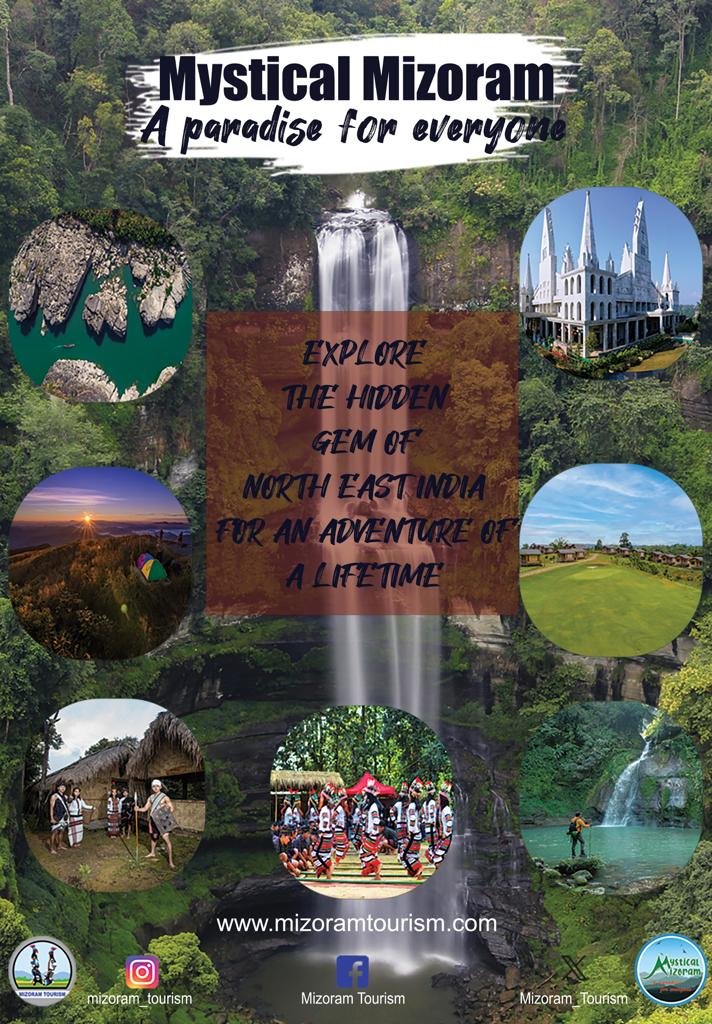

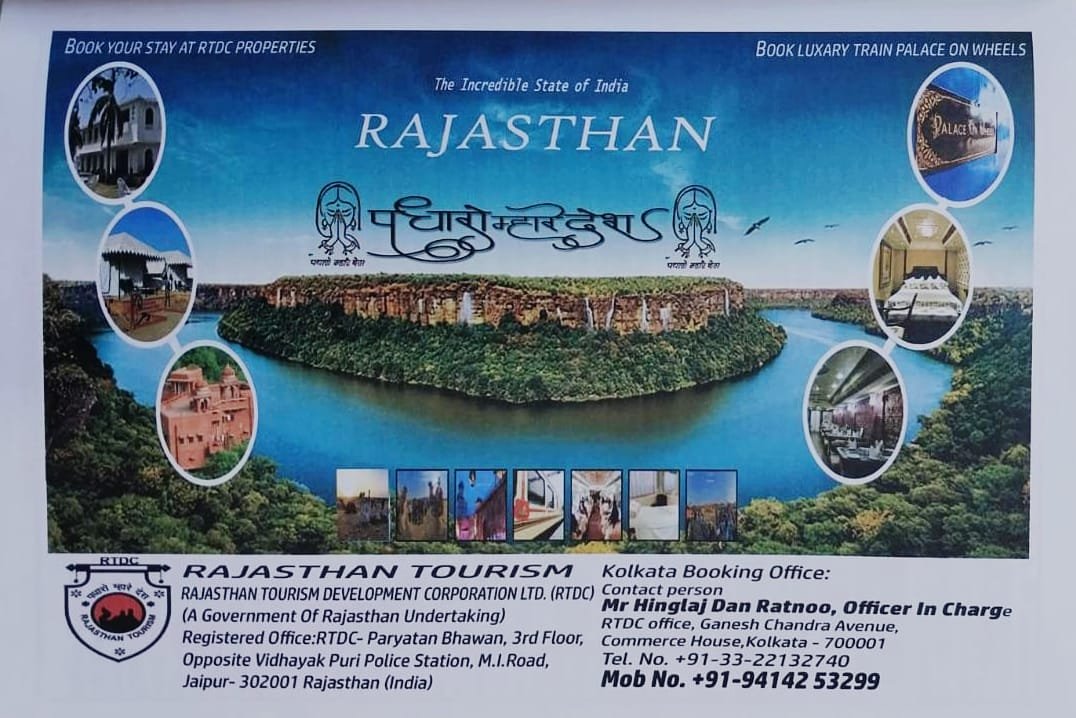




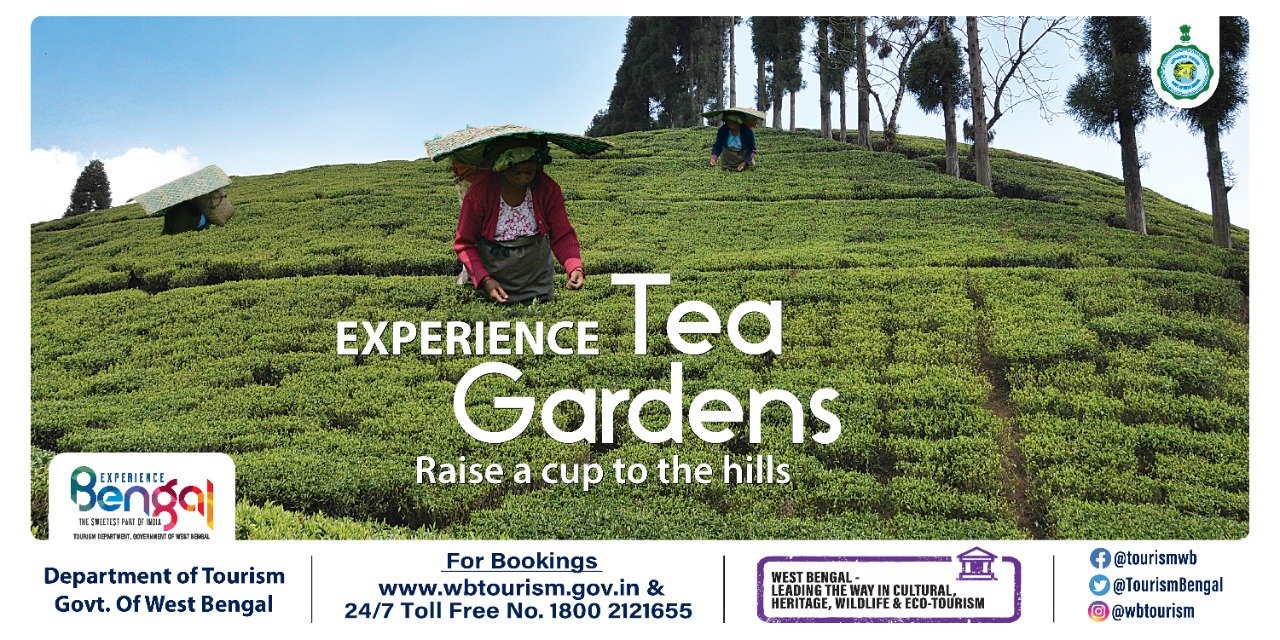




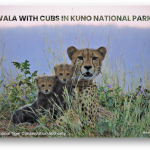
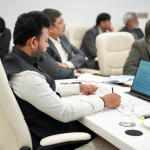
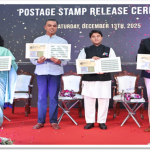



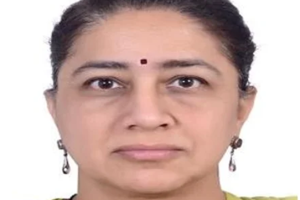
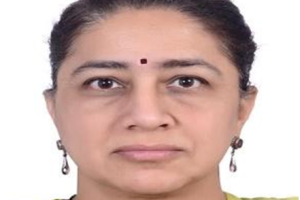
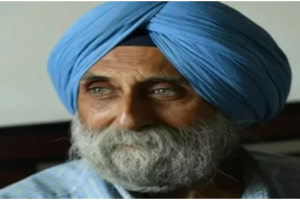







Add Comment